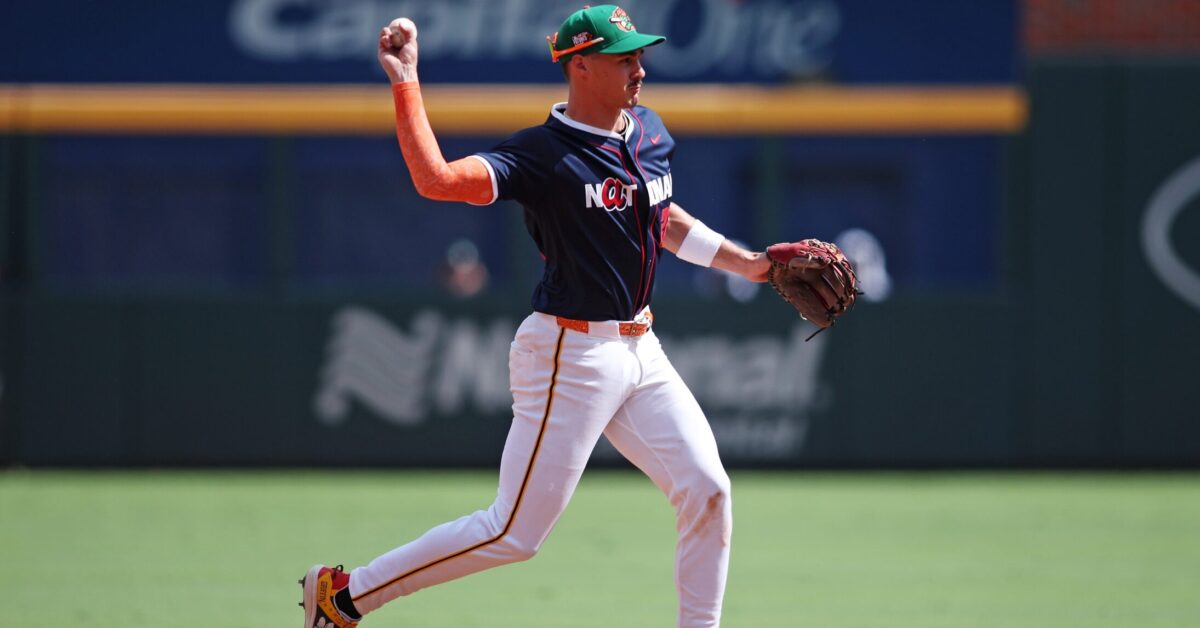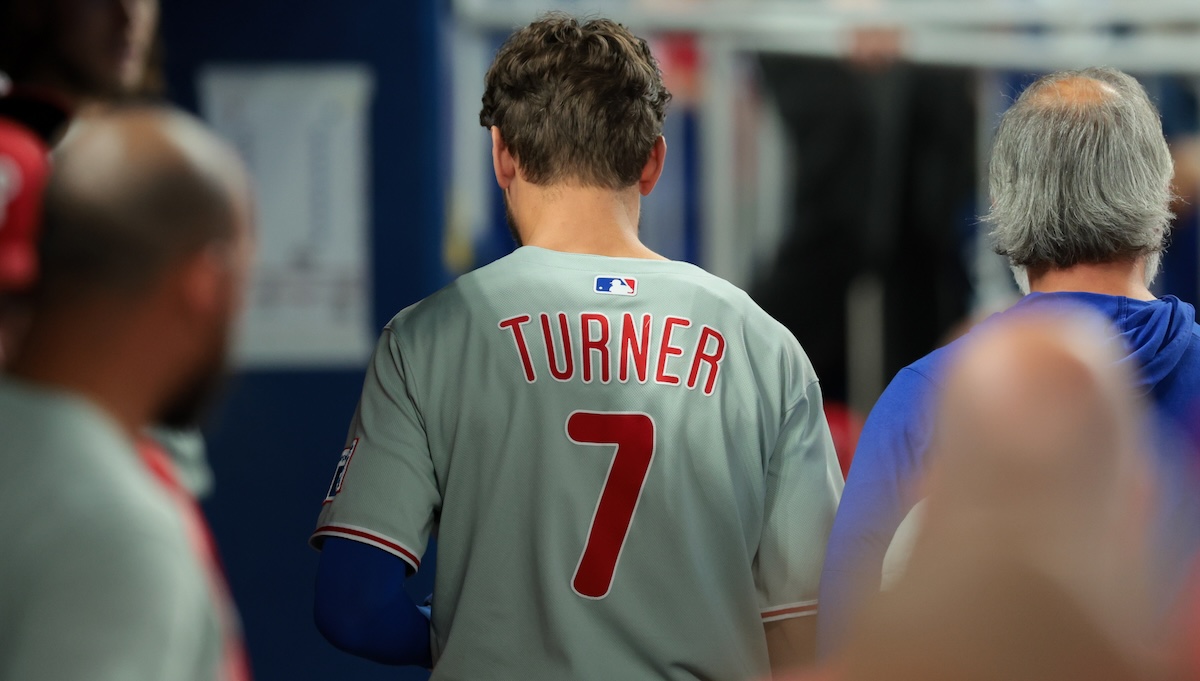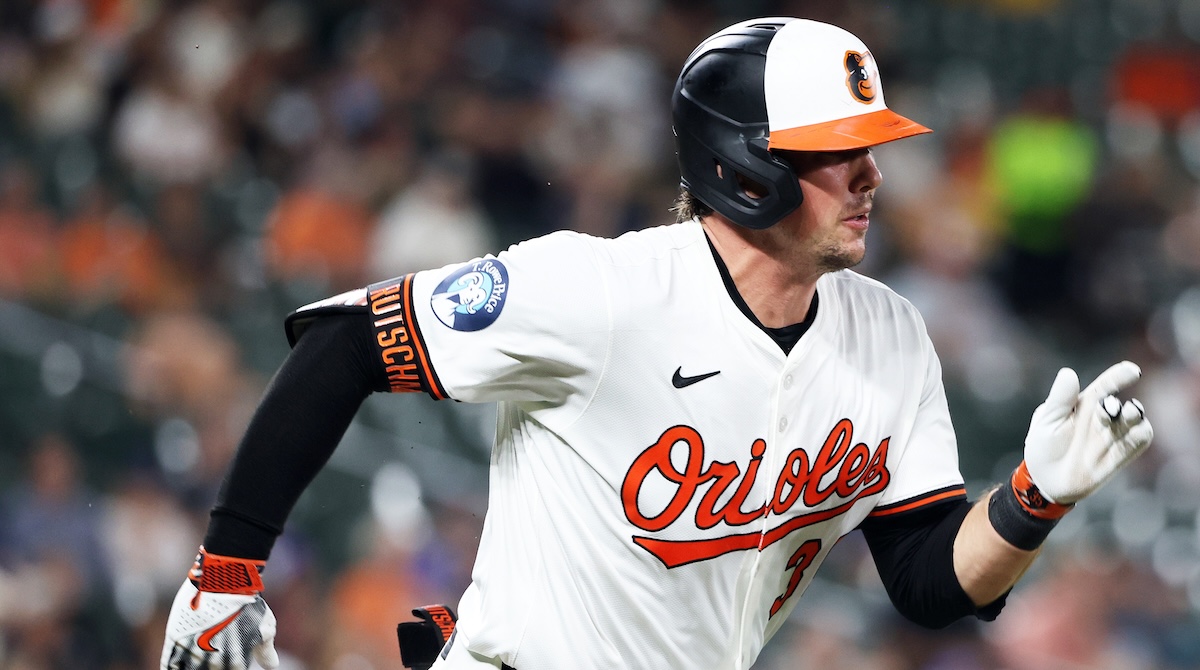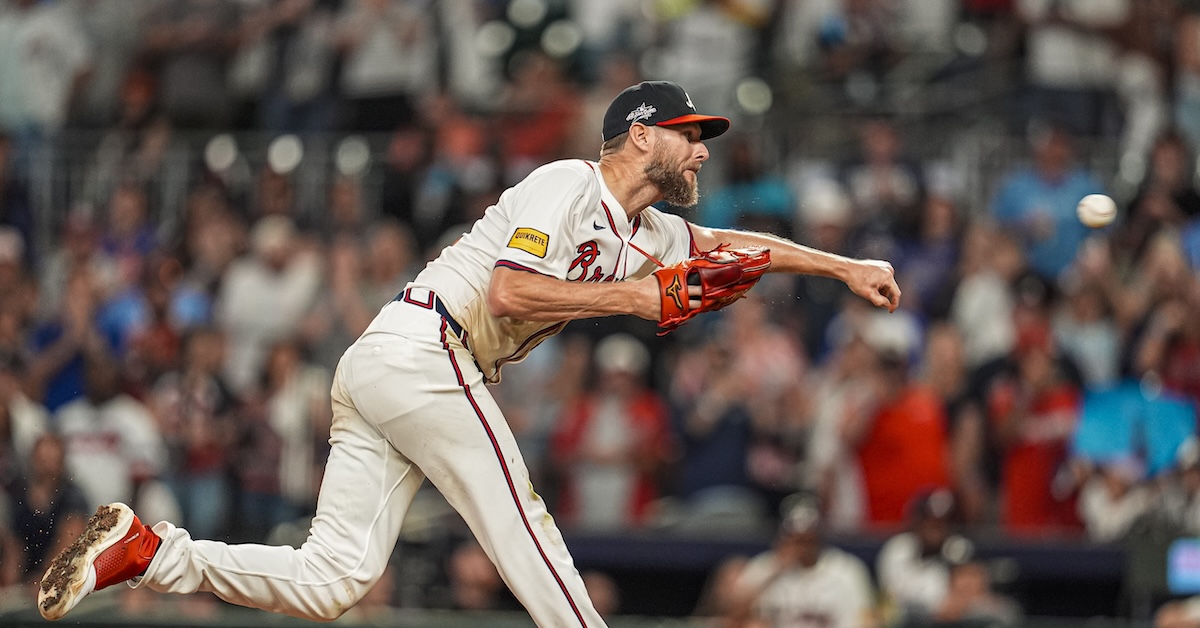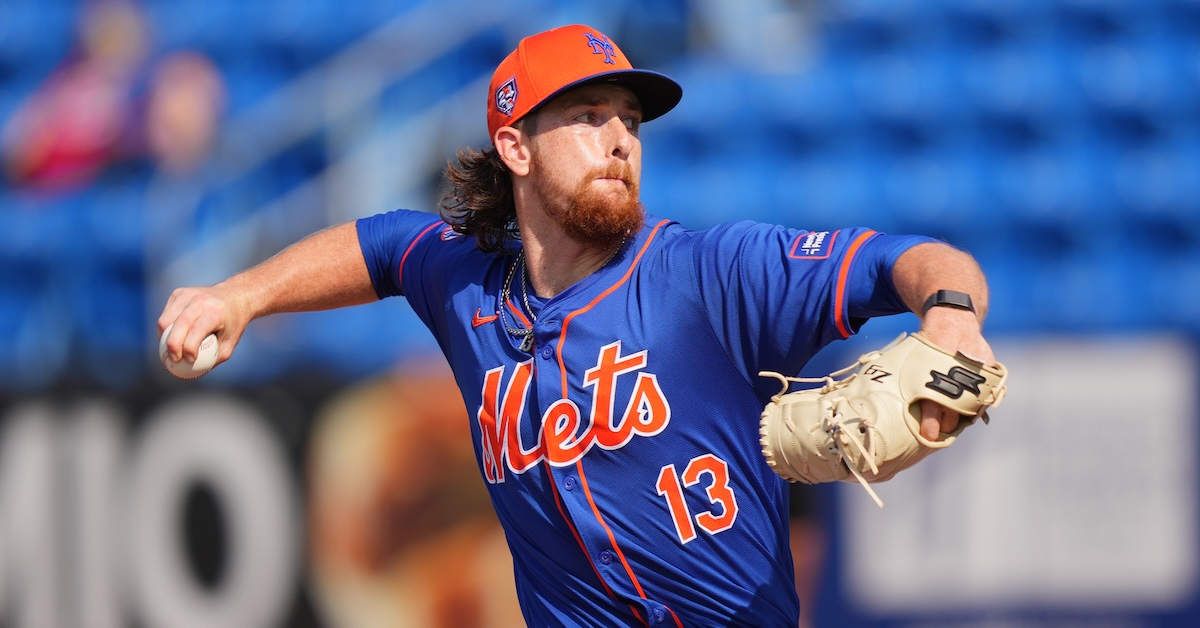Overseas Player Comps: Ponce, Murakami, Imai, and Others
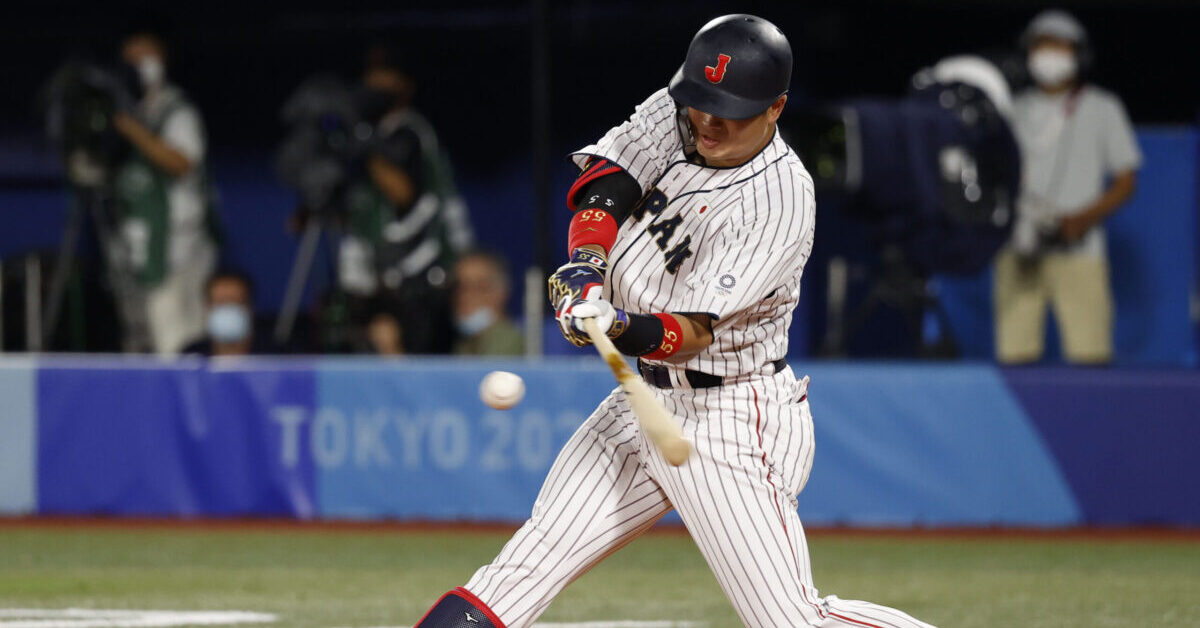
Yukihito Taguchi-USA TODAY Sports
To get an idea of a player’s production when moving from Japan’s Nippon Professional Baseball Organization (NPB) and Korea Baseball Organization (KBO), I compiled a list of players who made the move and their MLB results. With the results, I compiled a list of comps to get a range of possible outcomes. We have several players coming over for their debut, but also returning arm trying to make an impact after 55 uneventful innings 2020-21.
Here they are:
Note: If I missed anyone to find the comps for, let me know. I’ll add them later to this article or possibly to Mining the News.
KBO: Hitters
| Name | Year | Age | G | PA | HR | BA | OBP | SLG | OPS | K% | BB% | ISO |
|---|---|---|---|---|---|---|---|---|---|---|---|---|
| Hyeseong Kim 김혜성 | 2025 | 26 | 71 | 170 | 3 | .280 | .314 | .385 | .699 | 31% | 4% | .106 |
| Ha-Seong Kim 김하성 | 2021 | 25 | 117 | 298 | 8 | .202 | .270 | .352 | .622 | 24% | 7% | .150 |
| James Adduci | 2017 | 32 | 29 | 93 | 1 | .241 | .323 | .398 | .720 | 29% | 11% | .157 |
| Jung Hoo Lee 이정후 | 2024 | 25 | 37 | 158 | 2 | .262 | .310 | .331 | .641 | 8% | 6% | .069 |
| Jae-Gyun Hwang 황재균 | 2017 | 29 | 18 | 57 | 1 | .154 | .228 | .231 | .459 | 26% | 9% | .077 |
| Median | 26.0 | 37 | 158 | 2 | .241 | .310 | .352 | .641 | 26% | 7% | .106 | |
| Average | 27.4 | 54 | 155 | 3 | .228 | .289 | .339 | .628 | 24% | 7% | .112 |
He’ll need a full-time job to be worth a late-round pick. I’m a pass for now. Read the rest of this entry »

